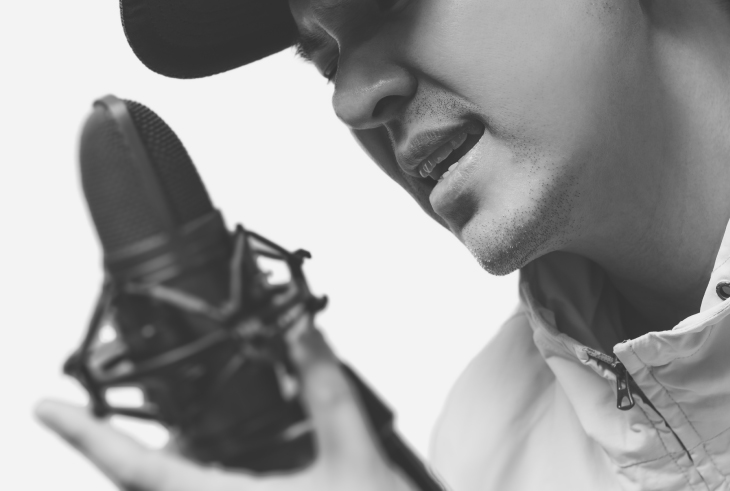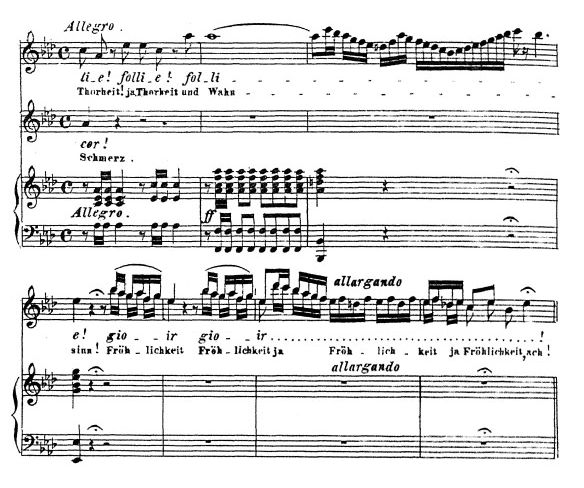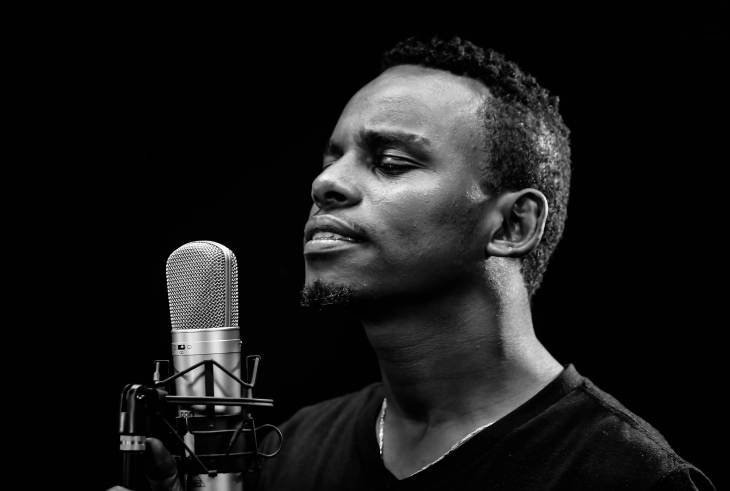
Vocal Cords Are Muscles Too!
There has been much talk, and rightly so, about the two main muscle groups – arytenoids & crico-thyroid – that draw the vocal cords into a balanced equilibrium. Yet, we do not want to forget about the vocal cords themselves!
We can think of the vocal cords as tiny little muscles that have their size and shape changed so as to make many different sounds. Mostly, we might look at them from above and see how they get longer, shorter, thicker, and thinner. When we are at the bottom of our range, the cords are at their longest and thickest. As we ascend the scale, then that which vibrates is less, smaller and thinner.
What would also be interesting is if we could look at the cords from the side as they adjust. What we would see is that the depth of these little muscles is being adjusted as well.
For the singer, we are interested in the depth of the cords as pertains to sounds and sensations. If we could see from the side, then we would see the top layer of the vocal cords vibrating when we sing with the texture of falsetto. As we sing with a more developed or pharyngeal falsetto then the top and middle layers vibrate. Finally, as we sing in full voice, then all layers vibrate.
Seems kinda weird, but after a goodly amount of training, a singer can begin in falsetto, think downward, and feel the slight movements from one depth to another until ending up in full voice, and vice versa. There are minute physical variations of length, width, and depth of vocal cords vibration, this gives the singer many different feels, and all of this can be controlled by thinking! Yet, this needs to be experienced so one can fully understand.
Just do not forget that our vocal cords are muscles too, and that as they get strong and flexible, singing becomes more free and fun.
about the author
Allen Rascoe Allen has been enjoying singing since he was a little kid. He officially studied voice at ECU and USC. However, he ran... Read More

RECENT ARTICLES
-

Career Your Opportunities for a Fulfilling Career in Singing
-

Basic Skills, Beginners, Tips Tips To Improve Your Singing Voice
-

Exercises, Warmups 10 Vocal Warm-ups to Change the Way You Sing
-

Basic Skills, Beginners, Exercises, Songs, Voice Teachers, Warmups What is My Vocal Range – Identify, Master and Expand Your Range
RECENT IN KNOWLEDGE
Recent Topics
- Beginning Voice Lessons (1)
- Breathing Techniques (1)
- Confidence (1)
- Experienced Teacher (1)
- Kids Singing Lessons (1)
- Musical Career (1)
- Practice (1)
- Private Lessons (1)
- Professional Singer (2)
- Sing (1)
- Singing Teachers (2)
- Style (1)
- Teach Online (1)
- Vocal Exercises (1)
- Vocal Health (1)
- Vocal Music (1)
- Vocal Pitch (3)
- Vocal Range (4)
- Voice Coach (1)
- Voice Exercises (2)
- Voice Training (4)
- Young Vocalist (1)
Categories
- Basic Skills (7)
- Beginners (8)
- Career (2)
- CCM (1)
- Contemporary Commercial Music (1)
- Crossing Over (1)
- Exercises (2)
- Online Lessons (3)
- Online Voice Lessons (1)
- Songs (2)
- Students (6)
- Tips (4)
- Vocal Coaches (1)
- Voice Teachers (2)
- Warmups (2)
Testimonials

















